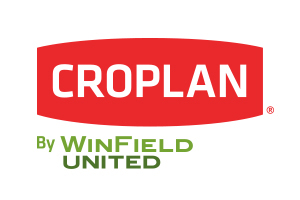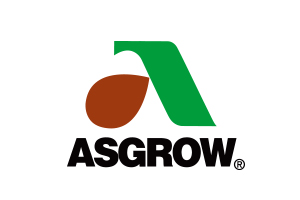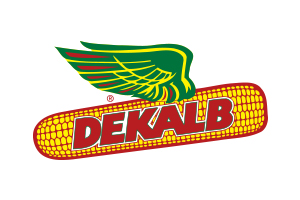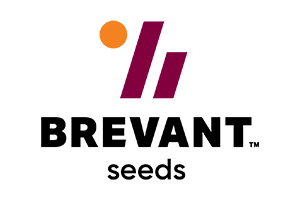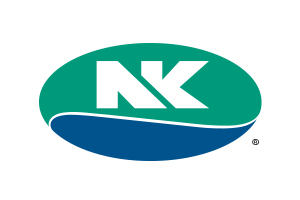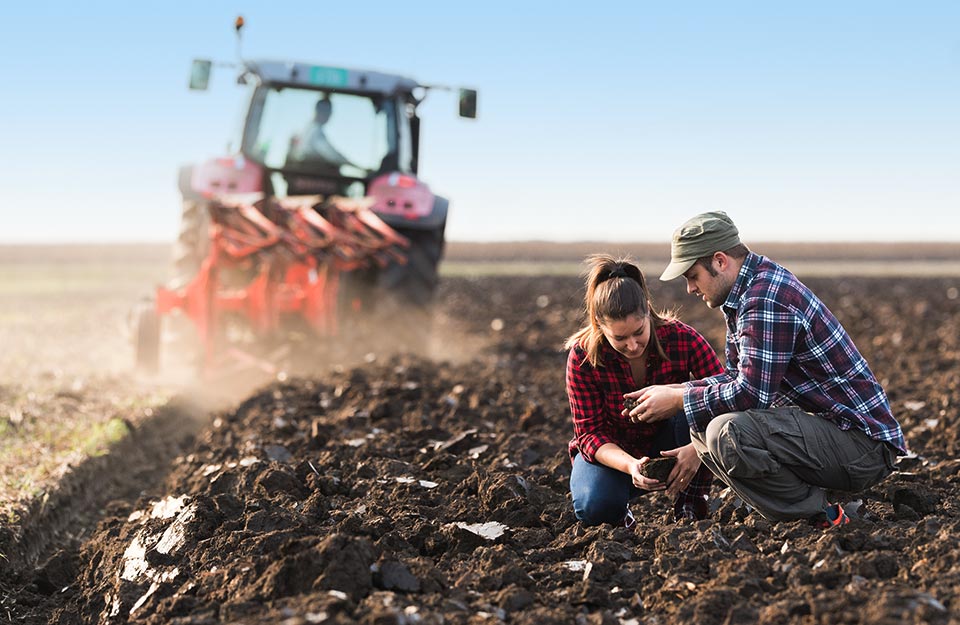
Fall is the Ideal Time for Soil Testing
Farmers on both sides of the Red River are early adopters of new technology and sustainable management practices. As we move from farming the field to farming the acre (and even farming the square foot) it takes a dedicated team to collect all of that data, turn it into something useful and then communicate that information to the people who operate the fertilizing, planting and spraying equipment on your farm.
The agronomy team at Valley United is made up of soil and plant experts, as well as precision and technology experts who can help you collect and analyze the data from your farm. From grid soil sampling and variable rate fertilizer application to tissue sampling and technology platforms such as Climate and the R7 Tool, we can help you stay on top of today’s rapidly changing technology.
Right product, Right Amount, Right Place, Right Time

As a result of our merger, farmers on both sides of the river now have access to timely and efficient nutrient delivery and custom application options. Whether you fall apply, spring apply, no-till, strip-till, side-dress nitrogen at planting, split your nitrogen applications, or anything else, our team can supply the macro and micro nutrients you need, when you need them.
At Valley United, we strongly recommend prescription fertilizer application, which simply means variable rate application based on soil testing and yield mapping.
This type of nutrient application is important for two reasons: first, applying more fertilizer than necessary to feed your crops may result in nitrogen and phosphorus finding their way into the water supply. And second, applying excessive nutrients is expensive—especially at a time when profit margins for grain are razor thin.
Seeds and Seed Treatment
Research has shown that seed selection influences your crop’s yield potential more than any other single factor. At Valley United, we pay close attention to university and other third-party yield data, as well as our own acre-by-acre yield results collected over many years and from many different farms, to arrive at our corn hybrid, soybean and wheat variety and sugar beet seed recommendations. Our plant genetics come from well-known national providers, including DeKalb, Asgrow, Croplan, NK, and Brevant, as well as regional brands Thunder and Peterson Farm Seeds.
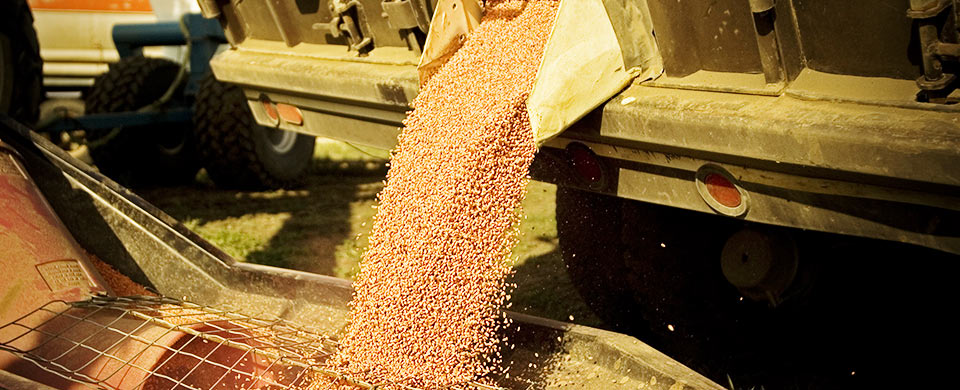
Follow the links below to current online seed guides from our seed partners.
Valley United also offers a range of seed treatment options to protect your seed investment from insects and disease, and get your crops off to the best start possible.
Tissue Sampling
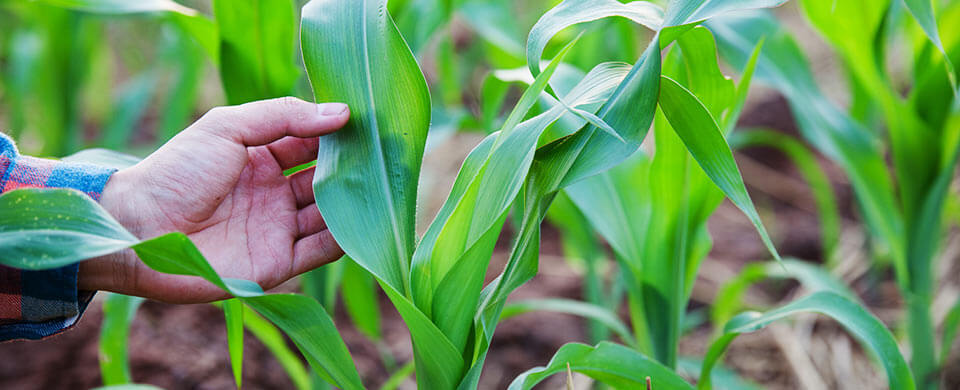
After soil testing, plant tissue analysis is the second-best tool to help improve crop nutrition and yield. Farmers who use the R7 Tool, drones or other technologies for field scouting know it’s probably the best way to confirm or rule out possible nutritional issues spotted from above.
If caught soon enough, a shortage of nutrients can often be corrected with a mid-season fertilizer application. Feeding corn nitrogen at tasseling, for example, can help push your crop over the finish line, and offers the flexibility of several smaller applications over the course of the growing season to help minimize nutrient runoff.
Micronutrients
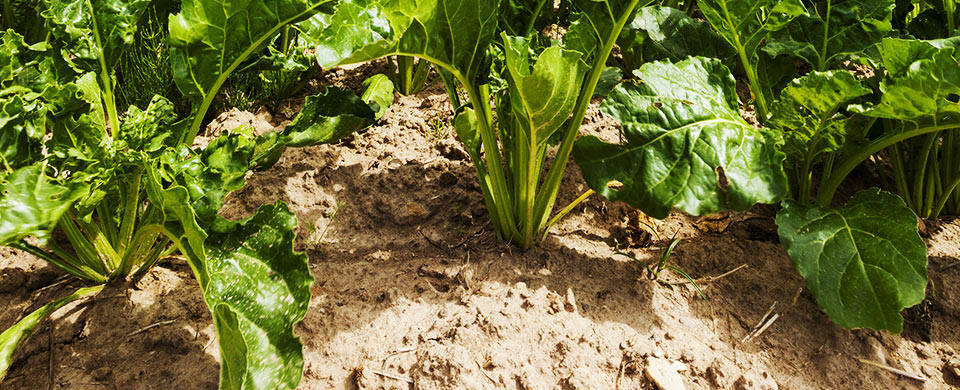
N, P and K aren’t the only nutrients required to grow crops in the Red River Valley. Micronutrients can also limit crop yields in certain situations.
One of these is boron, an important micronutrient in sugar beet production. Boron deficiency symptoms first appear as a white netted “chapping” of the upper blade surfaces, along with wilting. If the deficiency becomes severe, the leaf stalk can crack and new leaves at the growing point may turn black.
Soil types that are most frequently deficient in boron are sandy soils and fine-textured lake-bed soils. Boron deficiency frequently develops during drought periods when soil moisture is inadequate for maximum growth. Boron is one of the most leachable micronutrients, and sandy soils that are low in organic matter naturally suffer from excessive leaching.
Agronomy Department


Sean is originally from Warwick, ND. He has been working with Valley United since 2010.
His motto- "I just wanna go fast!"


Brandon is originally from Thompson, ND. He started working with Valley United in 2017. He coaches basketball in the winter and enjoys fishing in the summer.


Dan is originally from Halstad, MN. He started working in Climax in 2019.
He is the location manager of the Climax location.




Jeff is originally from Page, ND. He started working with Valley United in 2015. He loves to fish!


Jerry is originally from Mandan, ND. He started working with Valley United Co-op in 2015. He loves to golf.


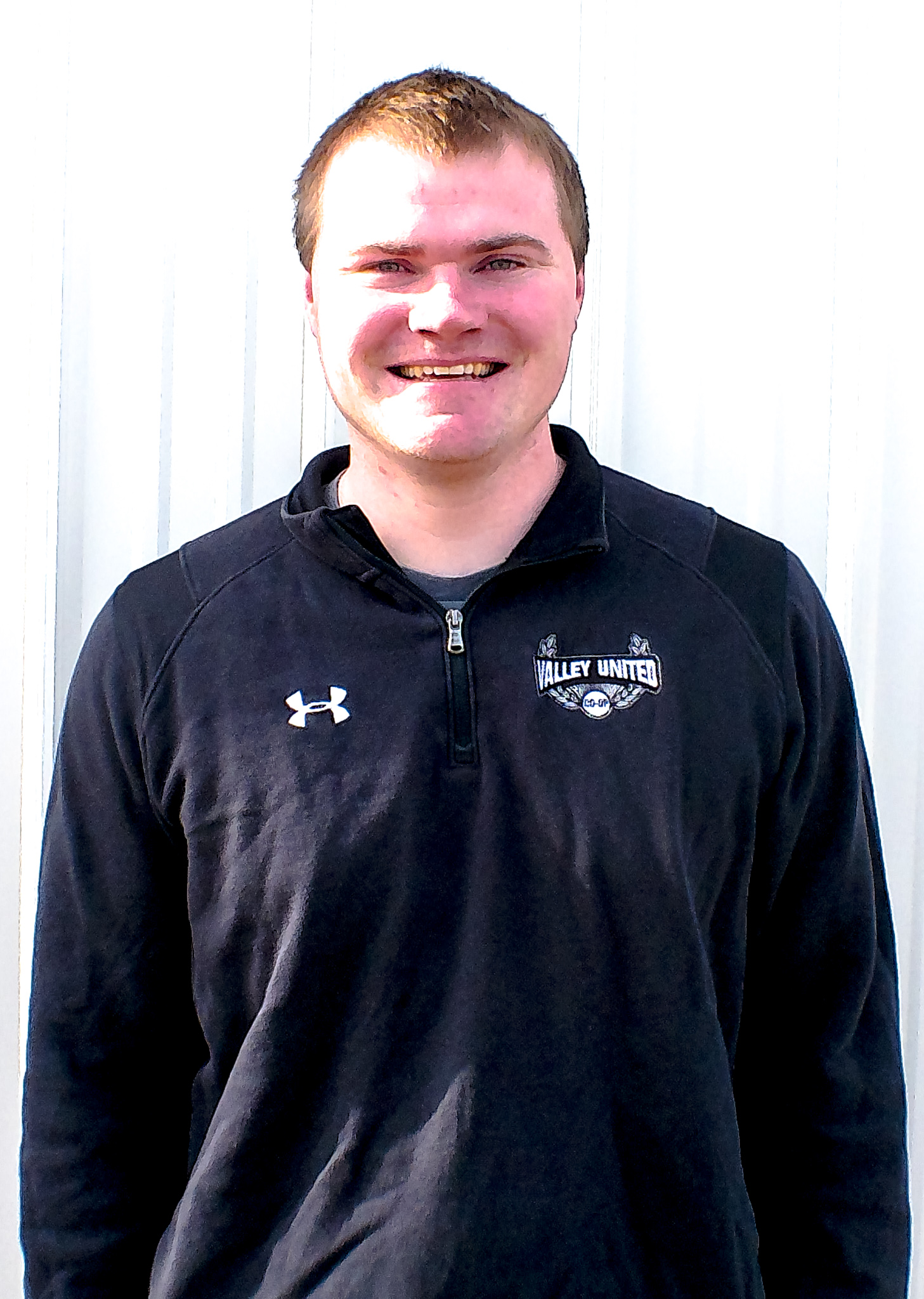

Zach is from Hillsboro, ND. He started working part-time with Valley United in 2015 and joined full-time in 2018. He loves to fix houses and anything with a motor.


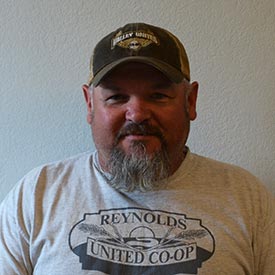



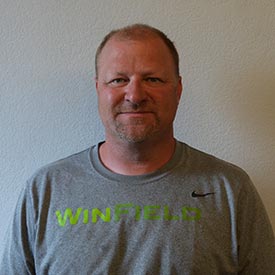

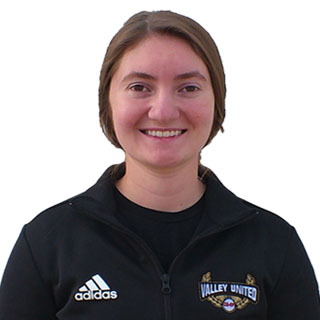

Becca is originally from New Town, ND. She started working with Valley United in 2017. She is a fan of anything and everything from the 70's such as music, movies, and T.V. shows.


CJ is originally from Hillsboro, ND. He started working with Valley United in 2016.




Jon is originally from Ada, MN. He starting working with Valley United in 2012. He enjoys skiing in the winter.
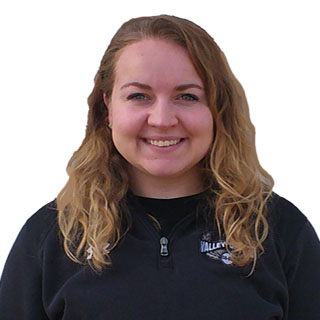

Mari is originally from Hillsboro, ND. She has been working with Valley United since 2019. Four wheels, two wheels, skis, and a track and shes in.







Rick is originally from Fertile, MN. He started working with Valley United in 2003. He is an avid MN sports fan, he enjoys deer hunting, and spending time with his family.


